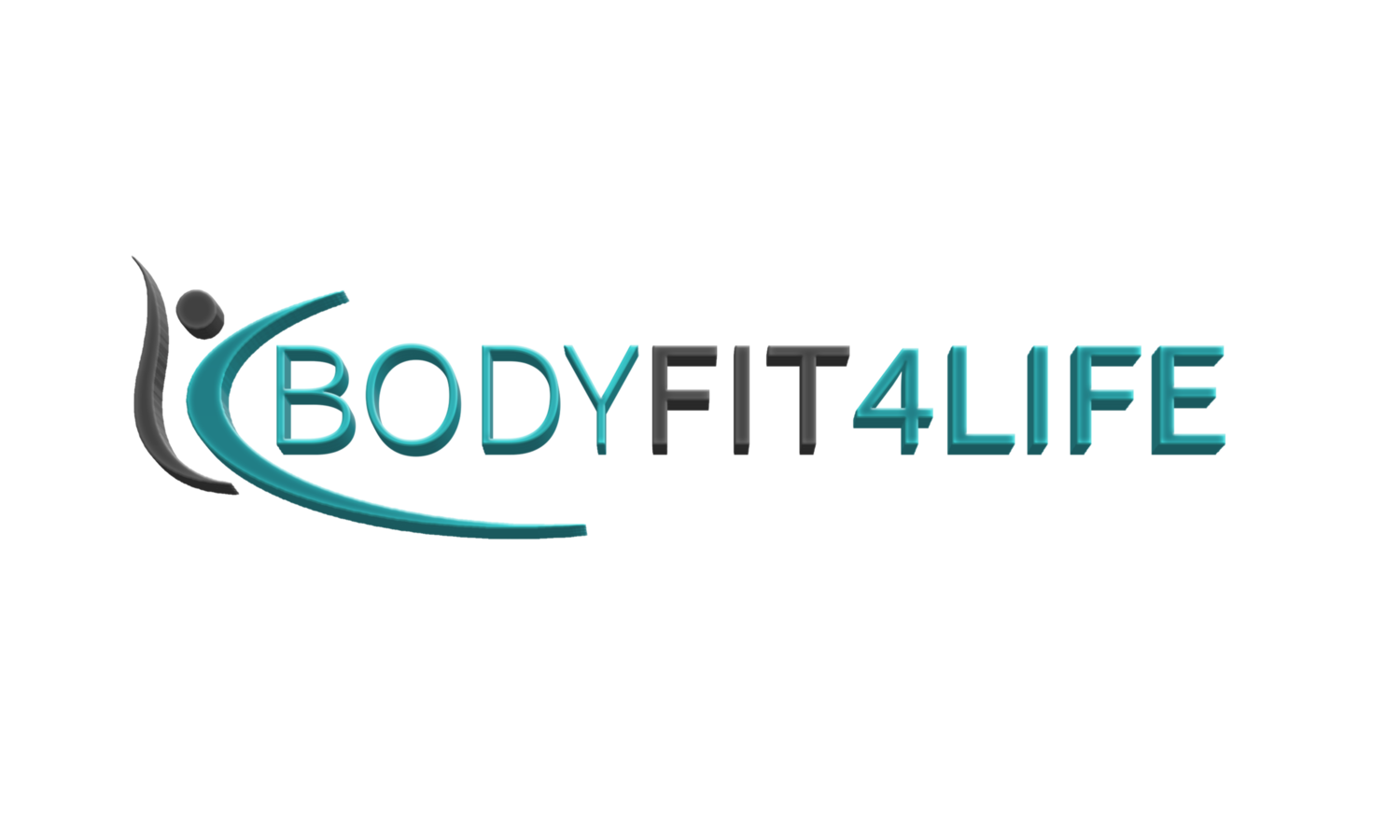Cupping is a treatment modality of traditional Chinese medicine with a documented history that spans a millennia and is among the best of deep-tissue therapies available. This modality allows for a unique approach to the fascia and body fluids. Cupping has an ability to affect deeper tissues, remove fascial restrictions, and increase ROM (range of motion).
What Is Cupping?
Cupping is a technique whereby a vacuum is created in a cup, drawing the skin up into the cup and separating the layers of superficial fascia.
The suction draws the blood to the level of the skin, creating a vacuum (negative pressure) below the skin. This causes new blood to rush in below, removing stagnation. Patients may be, and likely are, left with an ecchymosis (blood between skin layers caused by ruptured vessel).
Cupping can be a very effective means of relieving the symptoms of such conditions as:
Back pain
Neck pain
Muscle stiffness
Anxiety
Migraines
Rheumatism
Menstrual difficulties
Colds
Coughs
10 Effects of Cupping on the Human Body
1. Fascia
Cupping literally increases the extracellular fluid and group substance between layers of fascia leaving the patients feeling an immediate increase in ROM to facial restrictions.
2. Muscles
Responds to the increase in fresh blood to the area and relaxation the same way they would respond to slow and continuous massage pressure.
3. Adhesions and Scars
Mechanically cupping separates the tissue layers and also draws fluid into the adhesion allowing for more mobility and it softens the fibrin network.
4. Joints
The increase in new blood vessels and separation of fascial layers provides aninstant increase in ROM. Cupping is also effective for chronic joint problems especially when the joint seems to respond to barometric pressure changes.
5. Spine
Allows for extensive movement of fluid throughout and around the spinal joints. The movement of fresh blood into the fascial restricted areas, and the increase in interstitial fluid helps to decompress the spinal joints. The strong suction action helps to separate the fascial and muscle layers between the rips, while not compressing them.
6. Digestive System
Cupping over the abdomen has long been known to increase the appetite, peristalsis (series of wave-like muscle contractions that moves food to different processing stations in the digestive tract), and stimulates digestive fluids.
7. Lungs
The negative pressure created by the cupping tends to create more space and fluid movement in and around the lungs. This generally causes an immediate sense of relief during congestive lung problems.
8. Blood
Causes a very strong circulatory response. Old blood vessels are destroyed and new ones are created. In this process, the body increases the histamine response and leukocytosis. This process changes the acidity and composition of blood thereby creating a challenge to the body to recreate homeostasis - referred to as purification.
9. Nervous systems
Much like massage, cupping has a very strong effect on the sensory nerves. It also has a strong analgesic effect; many patients feel sleepy if the cups are left for a period of time. Many studies have also shown cupping to be effective for patients suffering from high blood pressure.
10.Chronic Inflammation
Chronic unresolved inflammation responds very well to cupping. The process of neovascularization (formation of functional microvascular networks with red blood cell perfusion) helps to remove the stagnation of the tissue, and supply a new more effective blood supply. Areas that were matted down due to chronic overuse become filled with interstitial fluid, which provides space for new capillary growth and movement of fluid.
Pricing
30 min - $35 + hst
60 min - $70 + hst
For more information or to book an appointment with Paula, call 289-253-1449 or email paulareid11@hotmail.com
- Paula Reid is a level 3 FST Therapist, Certified with the Stretch to Win Institute.



